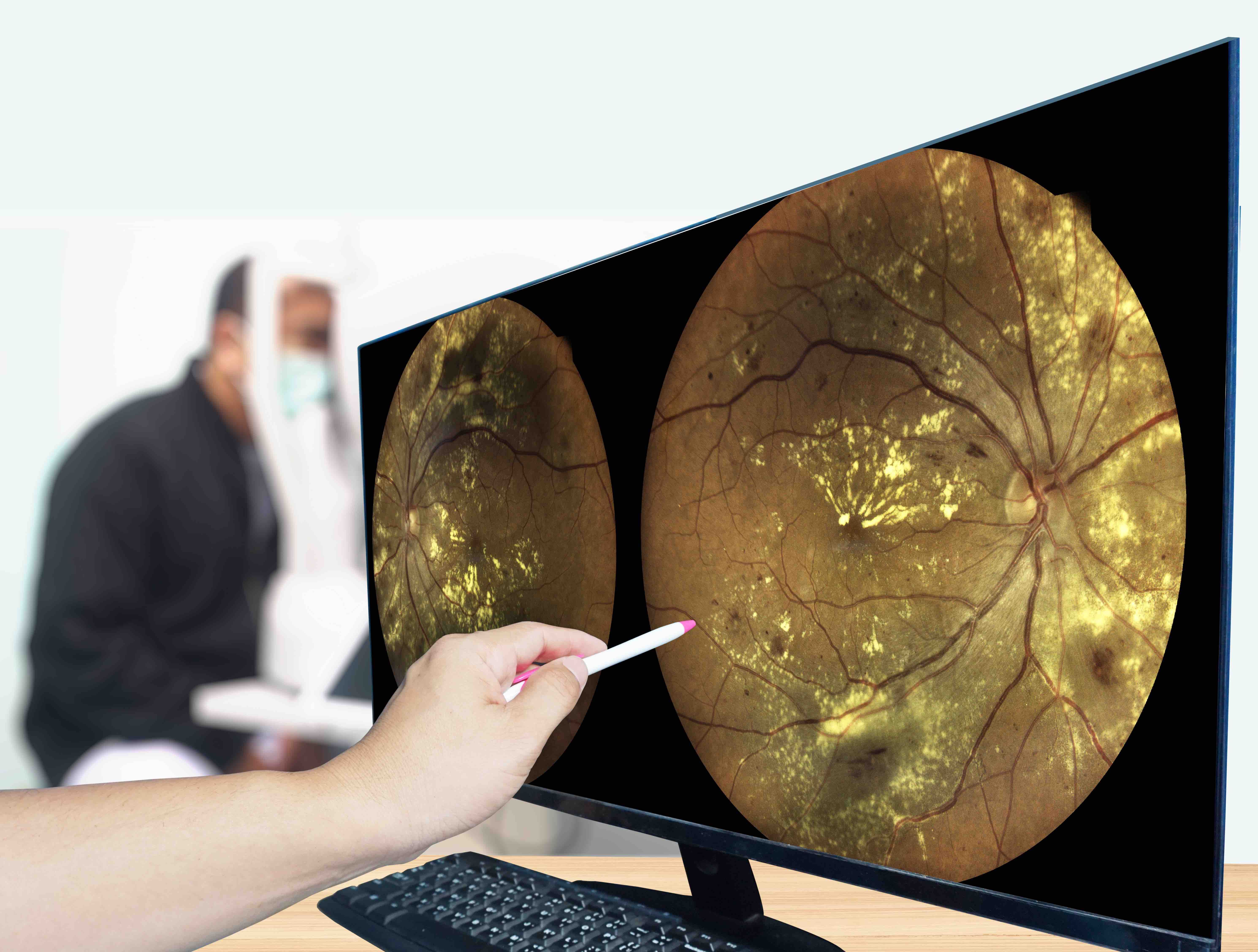Article
Bullous Pemphigoid Linked With 2-Fold Increased Risk of VTE
Author(s):
Past research shows no meaningfully increased risk of venous thromboembolism (VTE) in patients with more common chronic inflammatory skin diseases.
Bullous pemphigoid (BP) is associated with a 2-fold increased incidence of venous thromboembolism (VTE) even after controlling for VTE risk factors, according to new research published in JAMA Dermatology.
Findings are based on a nationwide US cohort study of a dermatology patient population.
“Prior studies have observed no meaningfully elevated risk of VTE for patients with several chronic inflammatory skin diseases, including psoriasis, atopic dermatitis, vitiligo, alopecia areata, and hidradenitis suppurativa; however, the association with BP and VTE is less clear,” the authors explained.
To better understand the rate of VTE among US patients with BP, the investigators assessed commercial claims data collected from January 1, 2004, through January 1, 2020. They compared patients with both conditions to those without BP and free of other chronic inflammatory skin diseases (CISD). All patients were followed until VTE, death, disenrollment, or end of data system.
A total of 2654 patients with BP and 26,814 without BP were identified. The mean (SD) ages were 73 (12.6) years in the BP group and 55 (18.9) years in the comparator group.
The BP group consisted of patients with 2 dermatologist encounters with a diagnosis of BP at both visits and no other CISD diagnoses at those visits.
Analyses revealed these results:
- With a median follow-up time of 2 years, the unadjusted incidence rate (per 1000 person-years) of outpatient or inpatient VTE was 8.5 in the BP group vs 1.8 in patients without a CISD
- Adjusted rates were 6.7 and 3.0, respectively
- Age-specific adjusted incidence rates (per 1000 person-years) were 6.0 (vs 2.9 in the non-CISD group) in patients aged 50 to 74 years and 7.1 (vs 4.53 in the non-CISD group) in those 75 years and older
- After 1:1 propensity-score matching, including 60 VTE risk factors and severity markers, BP was associated with a 2-fold increased risk of VTE (adjusted HR [aHR], 2.24; 95% CI, 1.26-3.98) vs those in the non-CISD group
- When restricting to patients 50 years or older, the adjusted relative risk of VTE was 1.82 (95% CI, 1.05-3.16) for the BP vs non-CISD groups
Researchers noted that the finding of a 2-fold increased VTE risk in patients with BP complements their earlier study in other more common CISDs. That study “found no meaningfully increased risk of VTE in patients with psoriasis, atopic dermatitis, alopecia areata, vitiligo, and hidradenitis suppurativa, vs participants without CISDs.”
In the current study, 58.7% of patients had used systemic corticosteroids, suggesting these patients may have mostly had moderate to severe disease. However, the researchers note it is difficult to capture the granularity of disease severity from claims data.
Although they adjusted for 80 covariates in the current analysis, residual confounding may have been present, marking a limitation. In addition, the claims data represented patients with commercial insurance, including Medicare Advantage plans, but Medicare fee-for-service plans were not included in the database.
“The findings of this cohort study suggest that as new medications, such as JAK [Janus kinase] inhibitors and biologics emerge as potential for new therapeutics for BP, physicians must be mindful of the potential for added VTE risk faced by these patients, especially as they become older,” the researchers wrote.
“Future research should help identify the mechanism of coagulopathy and determine whether treatment of BP or therapeutics aimed at directly reducing VTE risk are appropriate interventions in this population,” they concluded.
Reference
Schneeweiss M, Merola JF, Wyss R, Silverberg JI, Mostaghimi A. Venous thromboembolism in patients with bullous pemphigoid. JAMA Dermatol. Published online June 7, 2023. doi:10.1001/jamadermatol.2023.1461





